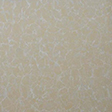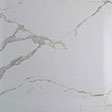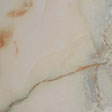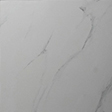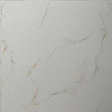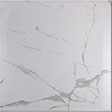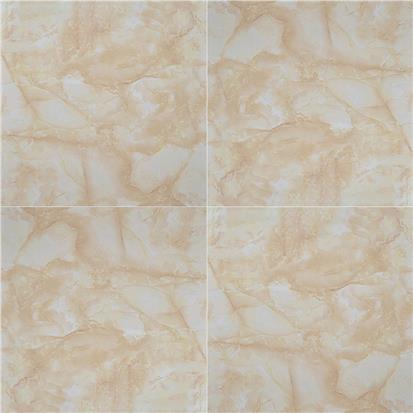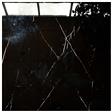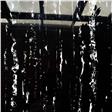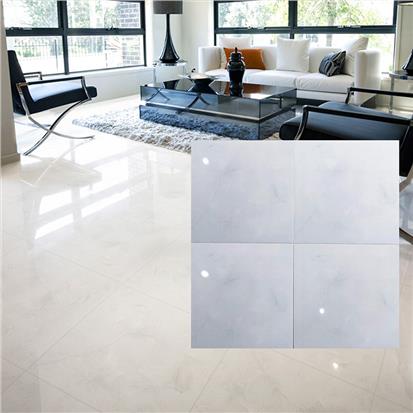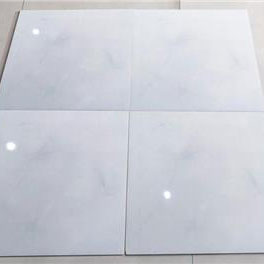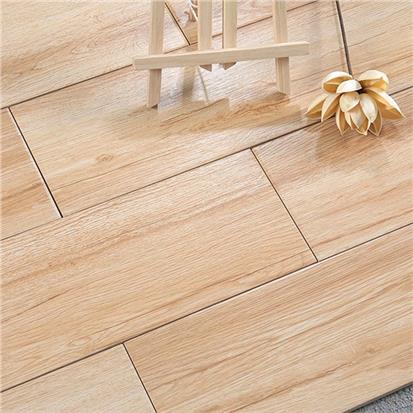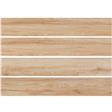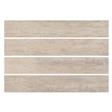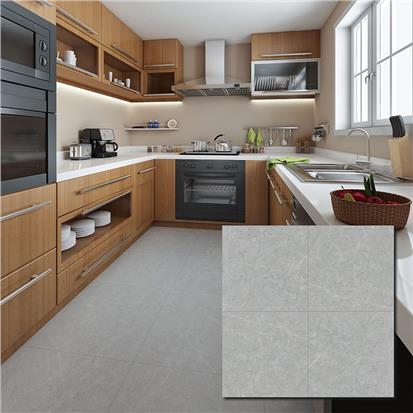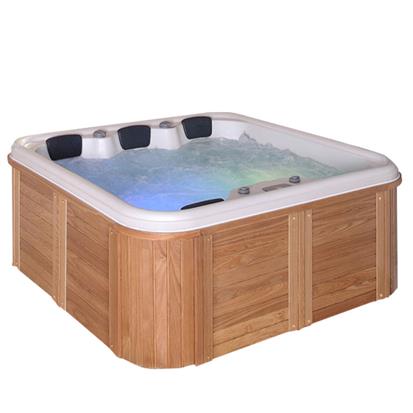Stone tile shower walls are an elegant addition to any bathroom, but they require proper maintenance to maintain their beauty and longevity. In this guide, we'll walk you through the process of cleaning, maintaining, and caring for your stone tile shower walls to keep them looking as good as new.

Importance of Cleaning Stone Tile Shower Walls
Cleaning your stone tile shower walls is essential for several reasons. First, it helps to prevent the buildup of soap scum, hard water stains, mold, and mildew, which can damage the surface of the tiles and grout. Secondly, regular cleaning ensures that your shower is a hygienic and safe place to use. Thirdly, cleaning your stone tile shower walls helps maintain your bathroom's aesthetic appeal, making it a more inviting and comfortable space.
Necessary Equipment and Materials
You'll need a few essential tools and materials to clean your stone tile shower walls. Here's what you'll need:
Soft-bristled brush or sponge
White vinegar or baking soda
Liquid dish soap or specialized stone cleaner
Spray bottle
Protective gear (gloves, goggles, and mask)
Microfiber cloth or chamois
Grout sealer
Stone sealer
Protective coating
Preparing for the Cleaning Process
The first step in cleaning your stone tile shower walls is to prepare for the cleaning process. This involves removing any clutter or obstacles from the shower, such as shampoo bottles or shower curtains, to ensure that you have easy access to all areas of the tiles. Next, prepare your cleaning solutions by mixing white vinegar or baking soda with water in a spray bottle, or by using a specialized stone cleaner. Choose the right cleaning tools, such as a soft-bristled brush or sponge, that won't damage the surface of your tiles. Finally, put on your protective gear, including gloves, goggles, and a mask, to protect your skin, eyes, and lungs from the cleaning solutions.
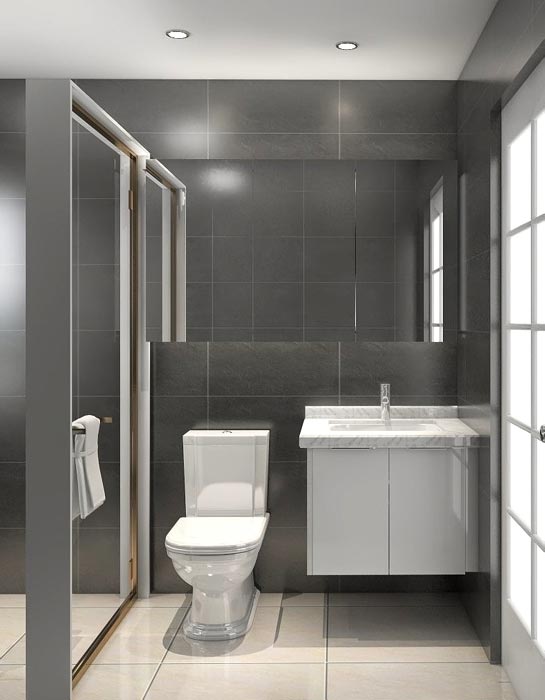
Cleaning the Stone Tile Shower Walls
Removing soap scum and buildup
One of the most common issues in shower walls made of stone tiles is soap scum and buildup. This problem can be challenging, but with the right cleaning solutions and tools, it can be easily remedied. First, it's essential to remove any loose debris and dirt using a soft-bristled brush or a vacuum cleaner. Once the surface is clean, apply a natural stone cleaner specifically formulated to dissolve soap scum and buildup.
Eliminating hard water stains
Hard water stains are another frequent issue in stone tile shower walls. These stains can be unsightly and difficult to remove. Fortunately, several cleaning solutions can effectively dissolve hard water stains, such as a mixture of vinegar and baking soda or a commercial cleaner with acid-based ingredients. Follow the instructions carefully and wear protective gloves and eyewear while applying the solution.
Tackling mold and mildew
Mold and mildew are not only unsightly, but they can also pose health risks, especially for people with respiratory problems. To remove mold and mildew from stone tile shower walls, use a bleach solution or a natural cleaner that contains tea tree oil or other antimicrobial ingredients. Apply the solution with a soft brush or a sponge, and let it sit for a few minutes before rinsing it off with warm water.
Dealing with stubborn stains and discoloration
If your stone tile shower walls have stubborn stains or discoloration, there are several solutions you can try. For instance, you can use a poultice made of baking soda and hydrogen peroxide or a commercial cleaner with oxalic acid. Apply the solution to the affected areas and let it sit for several hours or overnight. Then, rinse the surface thoroughly with warm water and dry it with a soft towel.
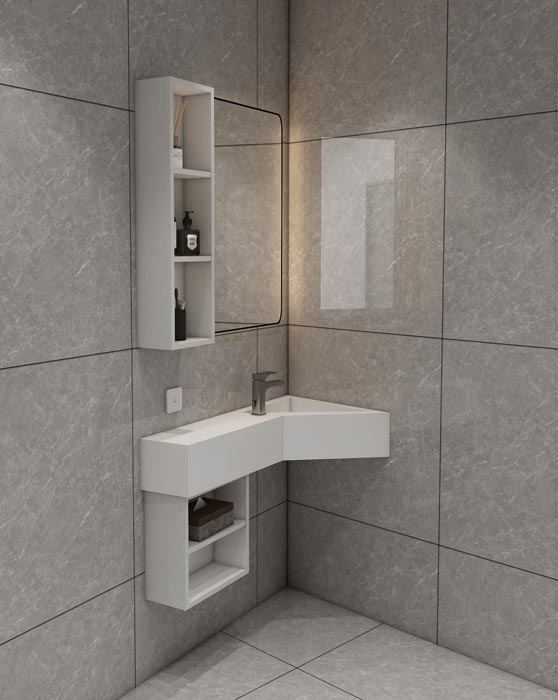
Maintaining the Cleanliness of Stone Tile Shower Walls
Preventing future buildup and stains
To prevent future buildup and stains, it's essential to clean your stone tile shower walls regularly and thoroughly. Be sure to use a natural stone cleaner that is safe for your type of stone tiles and avoid using abrasive or acidic cleaners that can damage the surface. Additionally, consider using a squeegee or a microfiber cloth to remove excess water after each use to prevent water spots and mineral buildup.
Proper ventilation and air circulation
Proper ventilation and air circulation are crucial for maintaining the cleanliness and longevity of your stone tile shower walls. Be sure to use an exhaust fan or open a window to allow the air to circulate and prevent moisture buildup. Additionally, consider using a dehumidifier to control the humidity levels in your bathroom.
Regular cleaning schedule
Creating a regular cleaning schedule is an excellent way to maintain the cleanliness of your stone tile shower walls. Depending on your usage and the level of buildup, you may need to clean your shower walls once a week, bi-weekly, or monthly. Be sure to follow the instructions on the cleaning products you use and adjust the frequency of your cleaning as needed.
Tips for daily maintenance
In addition to regular cleaning, daily maintenance can help keep your stone tile shower walls looking clean and fresh. Here are some tips for daily maintenance:
Use a squeegee to remove excess water from the shower walls after each use. This will help prevent the buildup of soap scum and hard water stains.
Use a daily shower spray to help prevent the buildup of soap scum and hard water stains. You can either purchase a commercial shower spray or make your own using a mixture of water and vinegar or water and dish soap.
Keep a small cleaning brush in the shower and use it to scrub the walls and grout once a week or as needed.

Caring for Stone Tile Shower Walls
Sealing the Stone Tiles
Sealing your stone tile shower walls can help protect them from water damage and stains. Sealing creates a barrier between the stone tiles and water, which can help prevent the growth of mold and mildew.
Before sealing your stone tiles, make sure they are clean and free of any dirt or debris. You can then apply a stone sealer using a brush or sprayer, following the manufacturer's instructions. After the sealer has dried, you can apply a second coat if necessary.
Applying Protective Coatings
In addition to sealing the stone tiles, you can also apply a protective coating to help prevent water damage and stains. There are a variety of protective coatings available, including topical sealers, penetrating sealers, and wax coatings.
Topical sealers form a protective barrier on top of the stone tiles while penetrating sealers penetrate the surface of the tiles to create a barrier from within. Wax coatings provide a temporary barrier that can be easily removed with a soft cloth.
Repairing Damaged Tiles
If you notice any cracked or damaged tiles in your shower, it's important to repair them as soon as possible to prevent further damage. You can replace the damaged tiles yourself or hire a professional to do it for you.
To replace a damaged tile, you'll need to remove the grout around the tile using a grout saw. You can then use a chisel to remove the damaged tile and replace it with a new one. Once the new tile is in place, you can reapply grout around the tile.
Maintaining the Grout
Grout is the material that fills the gaps between the tiles in your shower. Over time, grout can become discolored or damaged, which can make your shower look dirty and unappealing.
To maintain the grout in your shower, it's important to clean it regularly using a grout cleaner or a mixture of water and vinegar. You can also apply a grout sealer to help protect the grout from water damage and stains.
In conclusion, cleaning stone tile shower walls can seem like a daunting task, but with the right equipment, materials, and cleaning techniques, it can be a simple and rewarding process. By following the steps outlined in this article, you can keep your stone tile shower walls looking clean and fresh for years to come.
Remember to prepare for the cleaning process by removing clutter and obstacles, choosing the right cleaning tools, and putting on protective gear. During the cleaning process
 EN
EN FR
FR PT
PT AR
AR


